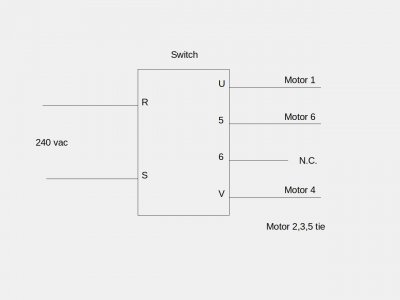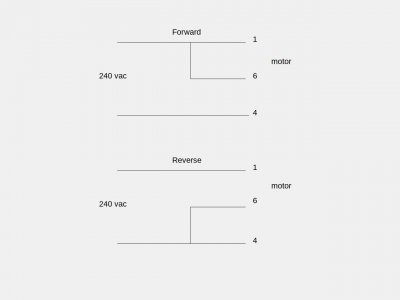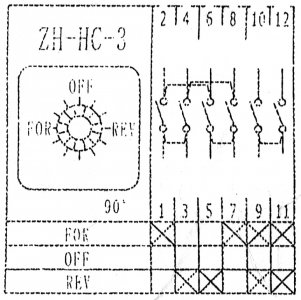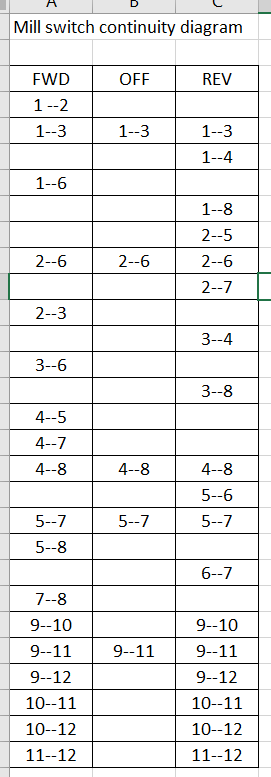- Joined
- Apr 30, 2015
- Messages
- 11,313
OK looks correct at motor side- I'm thinking the switch could have been damaged by your short circuit
Probably the smart thing to do would be to disconnect the switch and ring it out with a meter
The #5 switch contact might be burned up/melted inside
You could try moving the red wire from switch #5 to switch #6 and see if that works
Connected like so should work unless switch is faulty:

Probably the smart thing to do would be to disconnect the switch and ring it out with a meter
The #5 switch contact might be burned up/melted inside
You could try moving the red wire from switch #5 to switch #6 and see if that works
Connected like so should work unless switch is faulty:

Last edited:




